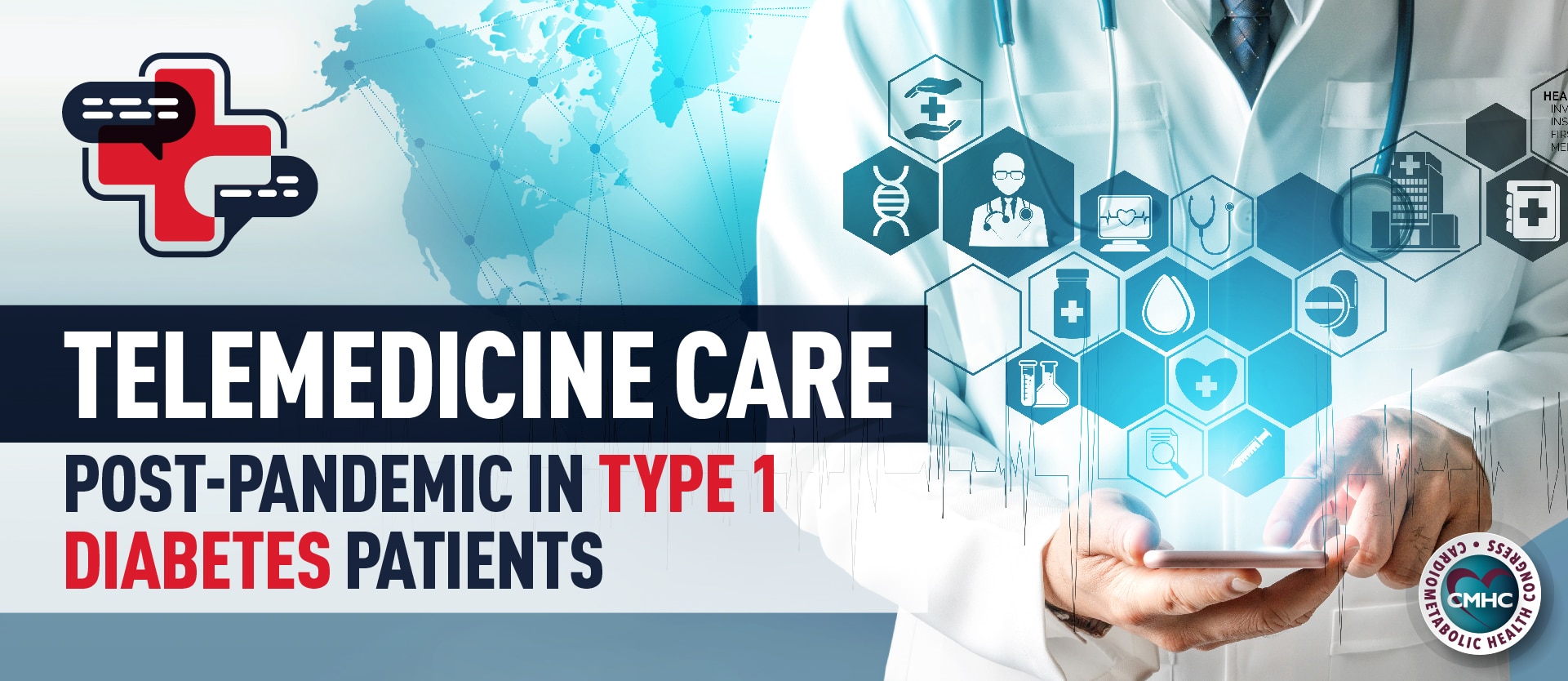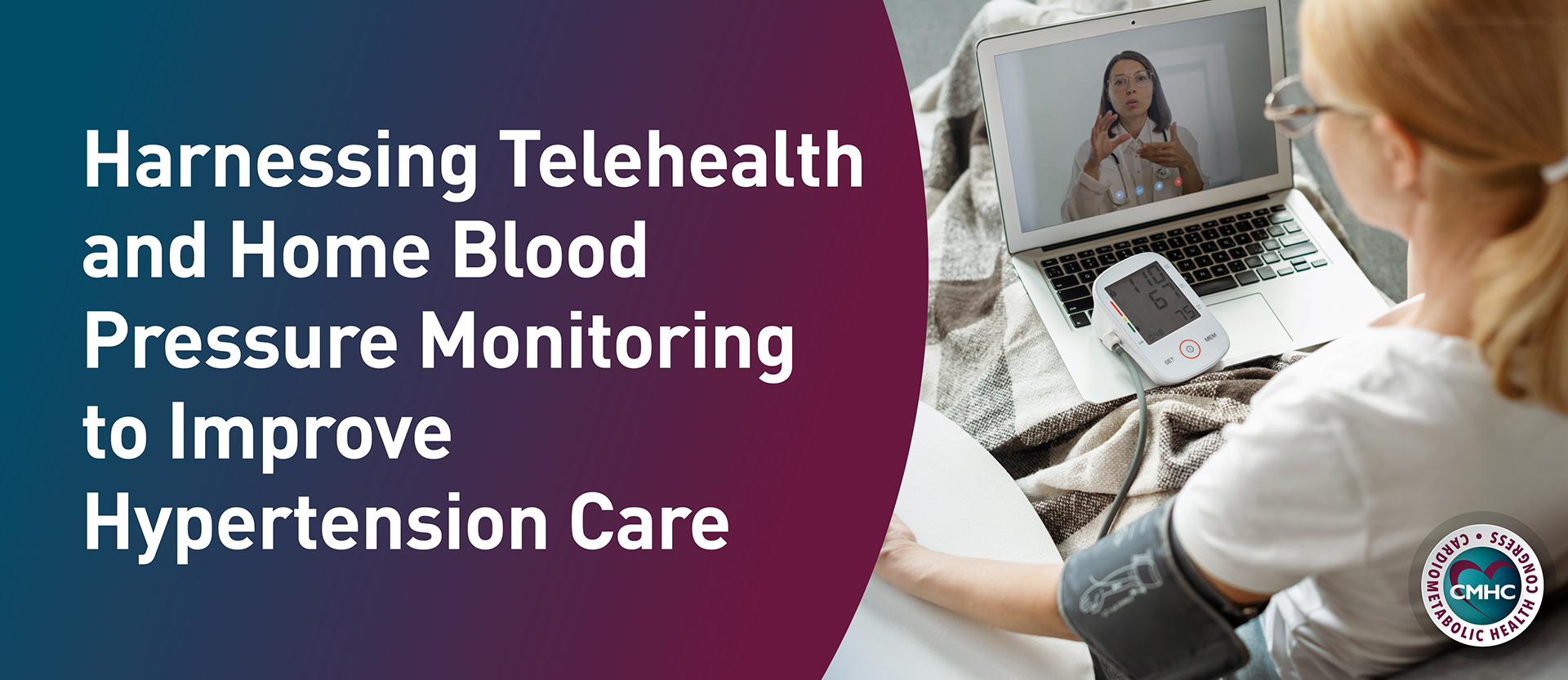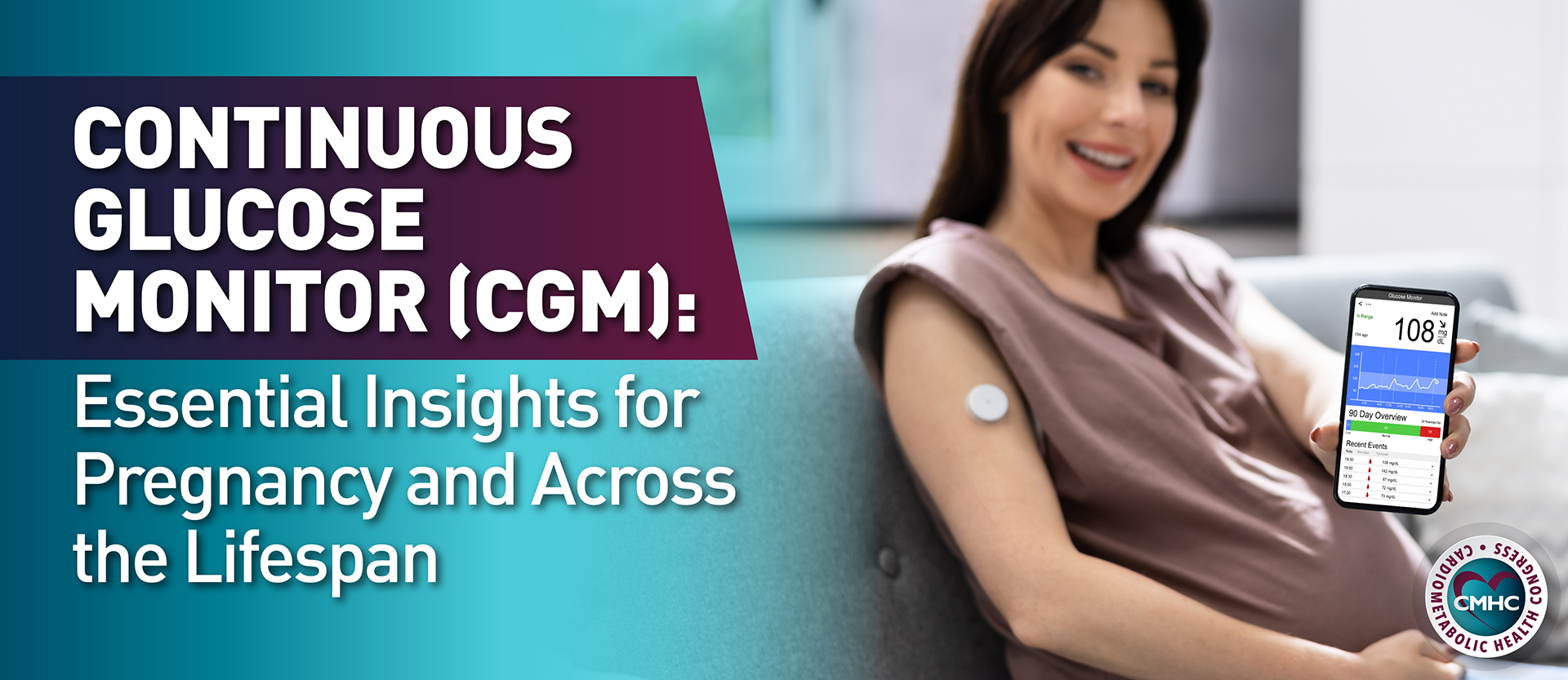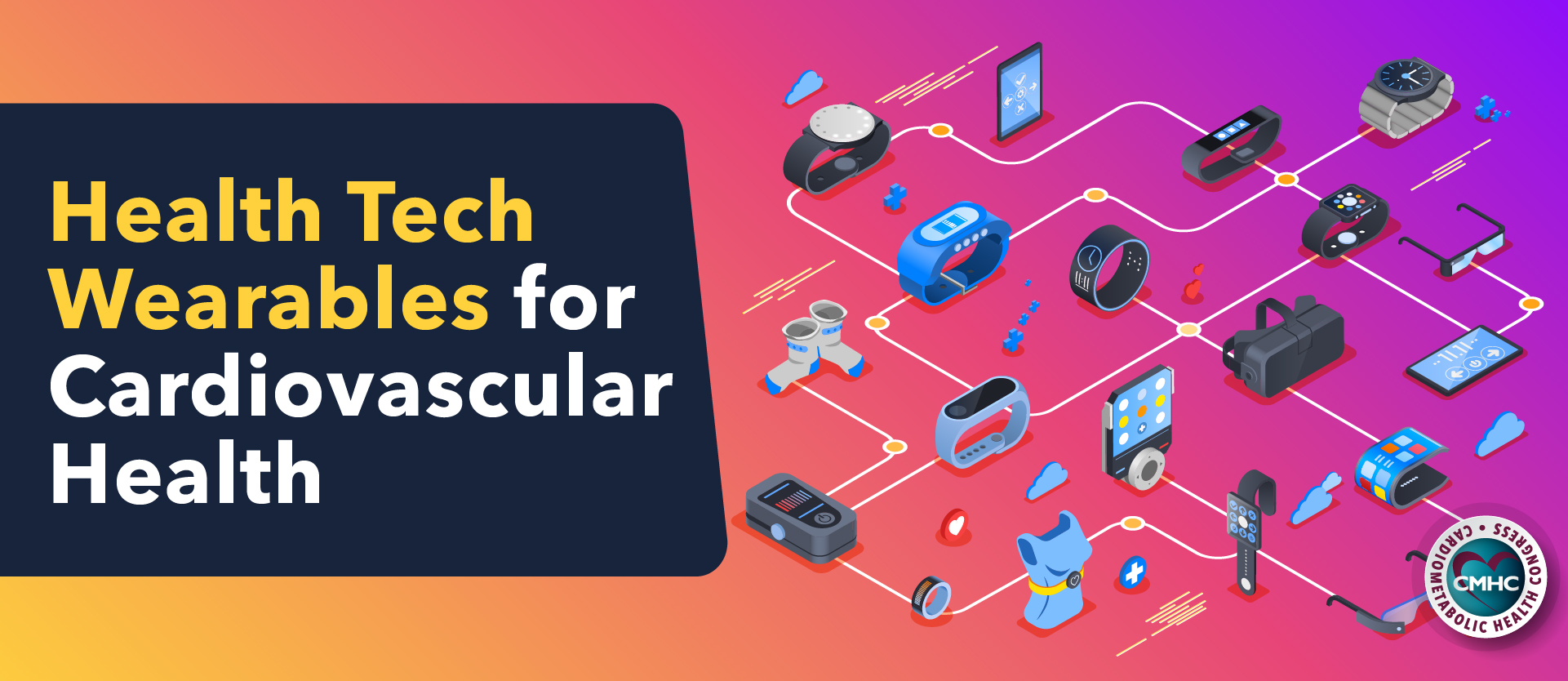The COVID-19 pandemic has forced providers and patients specialty-wide to shift to a model of virtual care in an effort to avoid unnecessary person-to-person contact; for some, telemedicine appointments were a completely novel concept. Digital healthcare delivery has proved vital to preserving the health of the population during an ongoing pandemic, allowing healthcare providers to continue the routine monitoring of their patients – which is especially important for those with chronic conditions. Of those, type 1 diabetes has proven to be one of the fields more suitable to telehealth visits with the support of remote glucose monitoring data and other novel technologies.
Type 1 Diabetes Telemedicine Appointments
Per data from an emerging study published in Endocrinology, Diabetes & Metabolism reported that patients with type 1 diabetes who had attended a telemedicine appointment throughout the pandemic found them favorable and would consider future remote visits. Researchers distributed an online questionnaire between March 24 and May 5, 2020 and collected data from over 7,000 people in 89 countries across the world. The highest proportion of respondents were from the United States at 40.6% and 68% were women. Data were analyzed descriptively, while results were stratified according to age, sex, and HbA1C.
Overall, 75% of participants reported planning to use remote appointments in the future, with 86% reporting the visits useful with little variation across age groups and no differences by educational level were observed. The majority of respondents over the age of 65 viewed telemedicine positively.
However, patients with A1c greater than 9%, 45% of men and 20% of women felt that visits were not beneficial, revealing differences by glycemic control. Further study is needed to understand why this particular group was significantly more against telemedicine than others.
Telephone Appointments Versus Video Conferencing
“Worldwide, 30% reported that the pandemic had resulted in canceled in-person medical appointments, while 32% reported no change in medical follow-up,” the researchers wrote. “Of the 28% reporting use of telemedicine, 72% were via telephone while just 28% were video calls.” Indicating that a large proportion of respondents may have not been able to utilize full potential of video technology, such as screen sharing of glucose monitoring data.
Experts believe that the high reported use of telephone calls over video technology may be a reflection of the global population cohort, as data in the United States reveals a preference for video appointments. This raises the question of health equity, making sure that certain populations are not left behind due to technological access. Further, the data was gathered electronically which may exclude certain groups and favor more tech-forward patients; additional study is needed as the sample was not representative of the whole population.
The future of telemedicine in the United States will largely depend on health insurance processes and reimbursement protocols, including making temporary Medicare waivers permanent and expanding access to virtual care nationwide. Despite the benefits of remote medical appointments, the choice between in-person and telehealth visits is a matter of individual preference; some patients and providers may be more open to maintaining a largely digital practice than others.


















